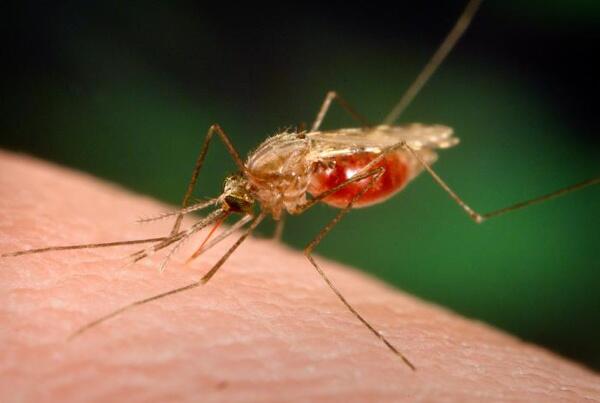
Researchers at LSTM have shown the means by which one of the major species of mosquito responsible for transmitting malaria in Africa is becoming resistant to the insecticides used to treat the bednets which protect people from being bitten. This understanding can help tracking resistance and maintaining the effectiveness of tools used to control these mosquitoes.
In a paper published today in the journal PLoS Genetics a team of researchers from LSTM’s Department of Vector Biology, collaborating with a colleague at the University of Liverpool, have deciphered the detailed molecular basis of resistance in the African vector Anopheles funestus.
LSTM’s Dr Charles Wondji is senior author on the paper and a leading expert in vector genetics. He explained: “It is vital for the continued success of malaria control strategies that we understand, are able to identify and to anticipate the course of pyrethroid resistance in mosquitoes. Without genetic information on insecticide resistance genes and associated molecular markers this is extremely difficult.
He continued: “In this paper we demonstrated that allelic variation in major metabolic resistance genes (CYP6P9a and CYP6P9b) is the key mechanism driving pyrethroid resistance in An. funestus. Furthermore, we showed that three amino acid changes are the causative pyrethroid resistance markers. This information will allow the design of a DNA-based diagnostic assay for the early detection and tracking of resistance in the field as well as an ability to assess the true impact of resistance on malaria transmission and help ensure the continued effectiveness of pyrethroid-based interventions.”
Despite the decrease in deaths from malaria in recent decades it remains a very serious public health burden in tropical world, with around 584,000 deaths worldwide in 2013 according to the World Health Organization (WHO), 90% of which were in Africa and mostly in children under the age of five. The scale up of the distribution of Long Lasting Insecticide treated Nets (LLINs) has massively contributed to the reduction in malaria deaths in Africa. However, the success of control programmes is being threatened by growing resistance to pyrethroid insecticides, the only class of insecticide approved by WHO for the use in bednets, among some of the mosquito populations that spread the disease.
You can read the article here